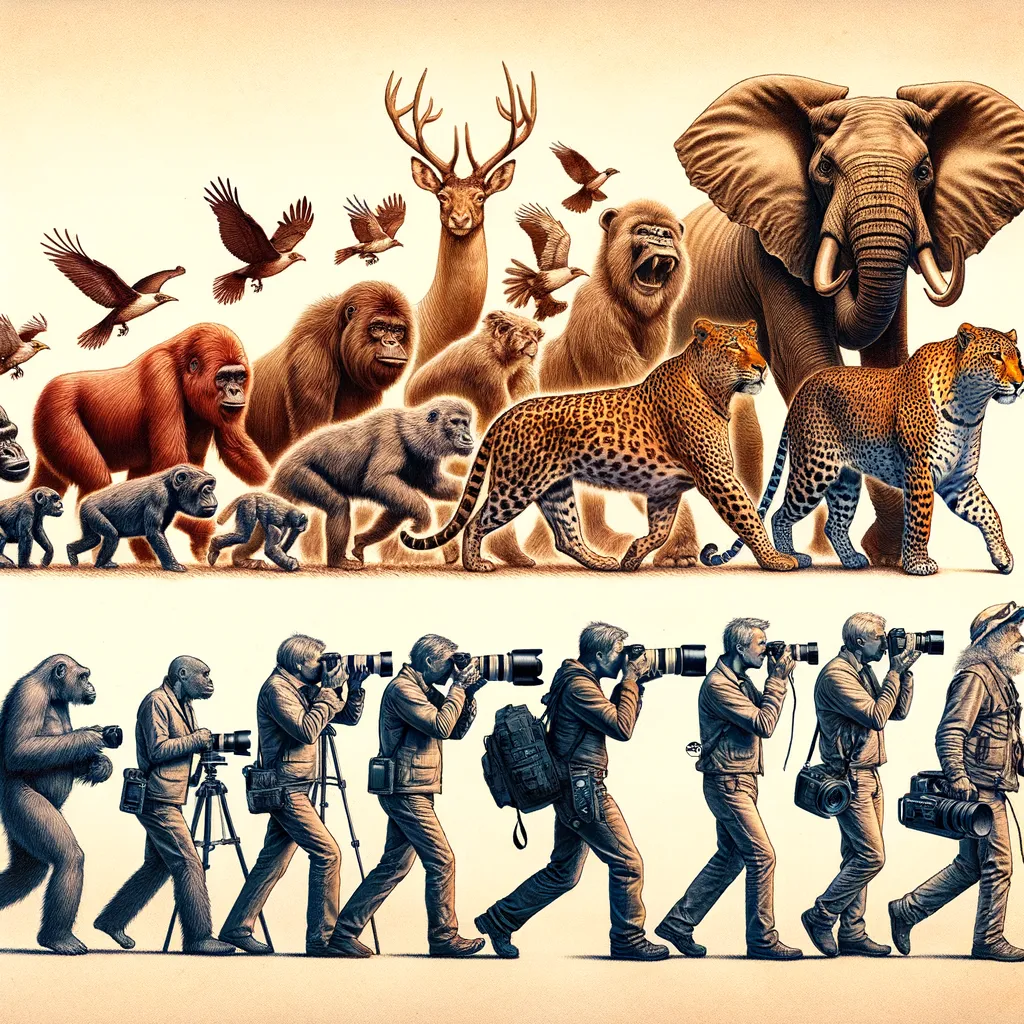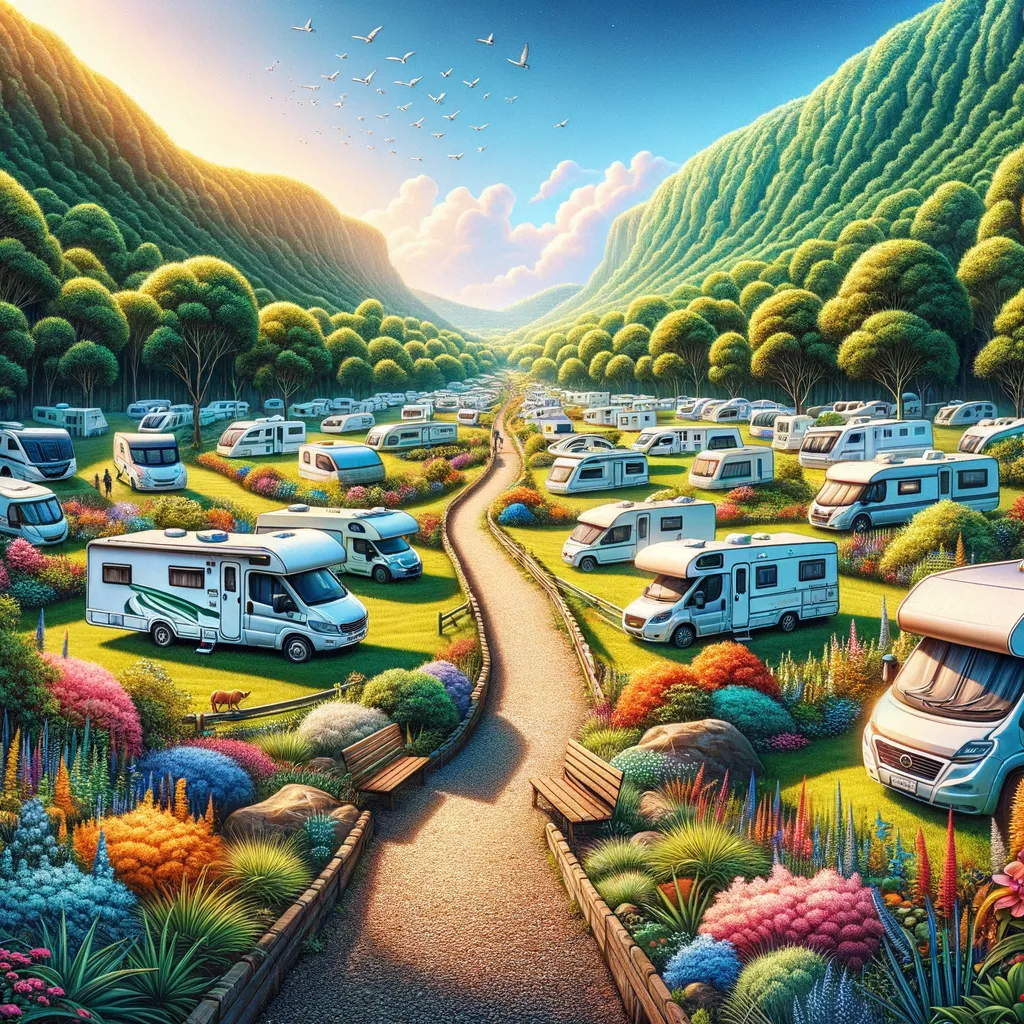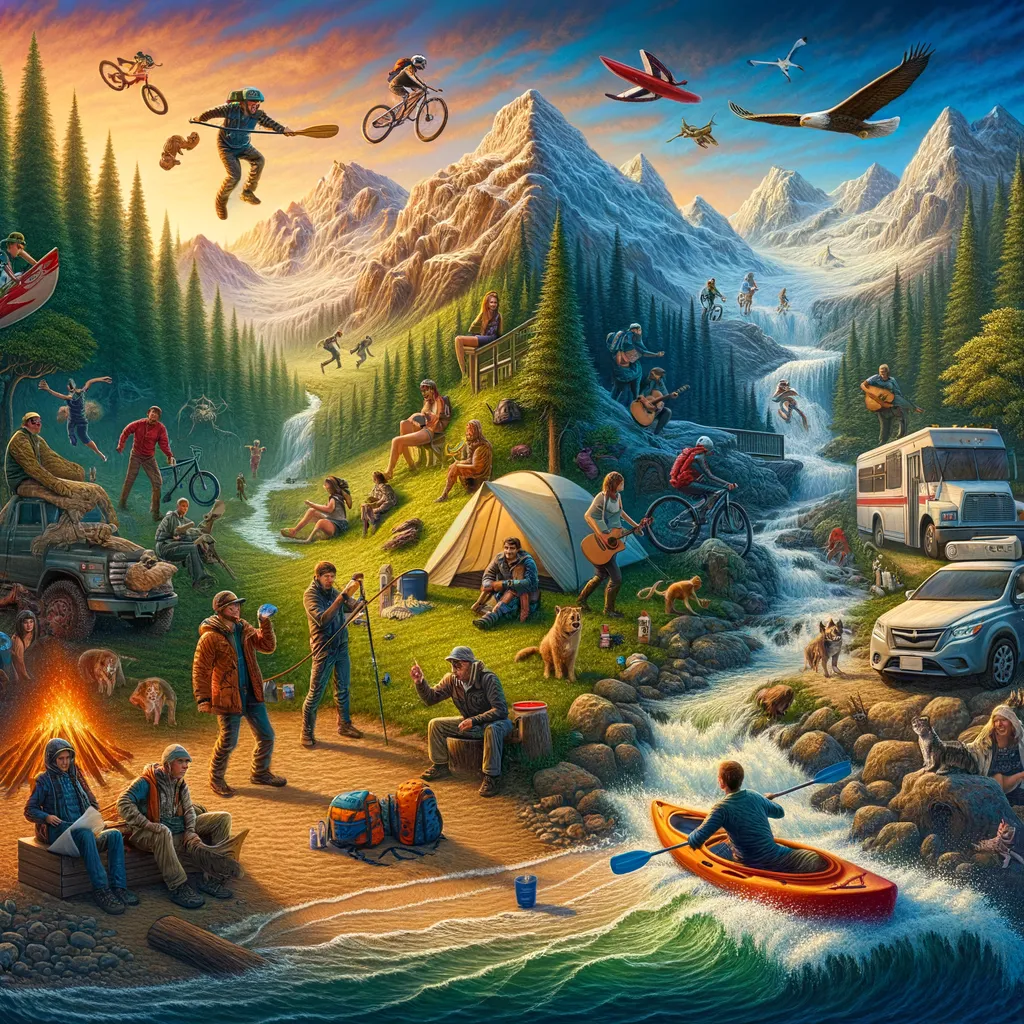The Evolution of Wildlife Photography: A Parent’s Guide
Welcome to our exploration of The Evolution of Wildlife ociety, enriching our understanding of the natural world. As parents, introducing your children to the beauty of wildlife through photography can be both educational and exhilarating. Whether you’re looking to inspire a young budding photographer or simply share the wonders of nature, this guide is for you.
Before we dive deeper, let’s embrace the great outdoors even beyond photography. For the best camping gear and outdoor advice, check out Outdoors. And for those new to camping or looking to expand their knowledge, Learn more here.
Early Beginnings
The journey of wildlife photography begins in the mid-19th century with the invention of the camera. Initially, capturing moving animals was almost impossible due to slow shutter speeds. However, as technology advanced, so too did the ability to freeze moments in time, leading to the first candid shots of animals in their natural habitats.
The Impact of Technological Advances
With the evolution of camera technology, especially through the 20th century, wildlife photography has transformed drastically. Faster shutter speeds, improved film quality, and later, the advent of digital photography, have allowed photographers to capture stunning, high-detail shots of wildlife from around the world. This technological evolution not only improved the quality and possibility of wildlife photography but also made it more accessible to the amateur photographer.
The Role of Wildlife Photography in Conservation
One of the most impactful aspects of wildlife photography has been its role in conservation efforts. Through powerful imagery, photographers have the ability to raise awareness about endangered species and the importance of preserving natural habitats. In recent years, social media has further amplified this impact, allowing for widespread dissemination of impactful images and stories that can lead to real-world conservation successes.
As parents, showcasing these stories and the powerful role of photography in conservation to our children can help instill a sense of responsibility and wonder for the natural world. By educating them on the importance of preserving wildlife, we can inspire a new generation of environmentally conscious individuals.
Introducing Children to Wildlife Photography
Introducing your child to wildlife photography can be a wonderful way to foster a deep appreciation for nature. It encourages patience, focus, and a keen eye for detail. Start with simple activities, such as observing birds in your backyard or taking a family trip to a national park. Encourage your children to notice the colors, patterns, and behaviors of animals, and discuss the importance of respecting wildlife and their habitats.
Photography can be a powerful tool for connection with the natural world. Encouraging children to capture what they find fascinating about nature can lead to a lifelong passion for both photography and conservation. With smartphones and affordable cameras offering high-quality imagery, getting started in wildlife photography has never been easier for young enthusiasts.
In conclusion, the evolution of wildlife photography offers a fascinating lens through which to view the natural world. From its early beginnings to its role in conservation and education today, photography has the power to inspire, inform, and ignite a passion for the great outdoors. As parents, encouraging our children to engage with wildlife photography can lead to meaningful connections with nature, creativity, and a deeper understanding of the importance of conservation.
The Comprehensive Guide to The Evolution of Wildlife Photography for Parents
Welcome to a fascinating journey through The Evolution of Wildlife Photography, a comprehensive guide tailored for parents eager to introduce their little ones to the mesmerizing world of nature and photography. Embarking on this exploration offers an invaluable opportunity to nurture a deep-seated appreciation for wildlife, fostering creativity, patience, and conservation awareness from a tender age. Let’s take a closer look at what every parent should know to fully prepare for this enriching adventure.
1. Understanding the Impact of Early Experiences
Introducing children to wildlife photography at an early age can shape their perception of the natural world, instilling a profound respect and love for it. Early experiences are pivotal, not just in sparking interest but in embedding a lifelong commitment to environmental conservation. Engaging stories from the inception of wildlife photography serve as an excellent starting point. For more enriching outdoor experiences and gear recommendations, visiting websites such as Outdoors can enhance your family’s outdoor adventures.
2. Embracing Technological Accessibility
The accessibility of photography technology today is a game-changer. Unlike the mid-19th century, when capturing wildlife was a formidable challenge, the advent of digital photography and smartphones has democratized the field. Parents can leverage affordable, high-quality cameras and smartphones to introduce children to photography, emphasizing that with the right tools, anyone can capture the beauty of nature. This encourages not just an appreciation for technology’s role in wildlife photography’s evolution but also creativity and expression through digital media.
3. The Educational Value of Wildlife Photography
Wildlife photography transcends mere observation, serving as a potent educational tool. Children learn about different species, ecosystems, and the fragility of our environment. This knowledge becomes more impactful when juxtaposed with the visual storytelling of photography. By understanding the historical progression from the first candid animal shots to today’s high-definition images, children can appreciate both the art form and the conservation message behind each photo. Encourage exploration of resources and articles that detail camping and the great outdoors through links like Learn more here for a deeper educational experience.
4. Photography as a Medium for Conservation Awareness
Perhaps one of the most crucial roles of wildlife photography is its capacity to raise conservation awareness. By showing children the beauty of the world’s most endangered species and habitats through photography, parents can instill a sense of duty to protect these treasures. Highlighting stories of how imagery has led to conservation breakthroughs can be both inspiring and motivating. It’s a powerful lesson in how art—specifically photography—can play a pivotal role in global conservation efforts.
5. Practical Steps to Introduce Your Child to Wildlife Photography
Begin with simple, practical steps to cultivate your child’s interest in wildlife photography. Start in your backyard, looking for birds or local wildlife, and then gradually expand to parks and nature reserves. Encourage them to observe and document the diversity of life, paying attention to details such as colors, patterns, and behaviors. It’s also essential to teach the importance of ethics in wildlife photography, emphasizing respect for nature and the well-being of subjects. Lastly, involve them in the photo selection and editing process, allowing them to tell their own stories through the images they capture.
In the realm of educating and inspiring our future generations, The Evolution of Wildlife Photography offers a unique and powerful perspective on the natural world. As parents, guiding our children through this journey not only contributes to their personal development but also to the broader goal of conservation. By leveraging the history, technology, and compelling stories within wildlife photography, we can foster a generation that’s not only passionate about photography but also deeply committed to protecting the life that inhabits our planet.
Disclaimer
The articles available via our website provide general information only and we strongly urge readers to exercise caution and conduct their own thorough research and fact-checking. The information presented should not be taken as absolute truth, and, to the maximum extent permitted by law, we will not be held liable for any inaccuracies or errors in the content. It is essential for individuals to independently verify and validate the information before making any decisions or taking any actions based on the articles.





